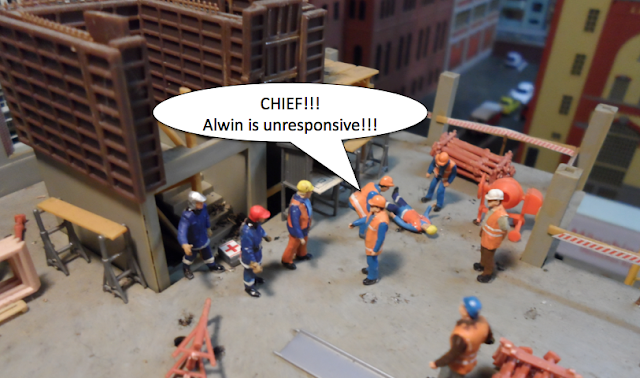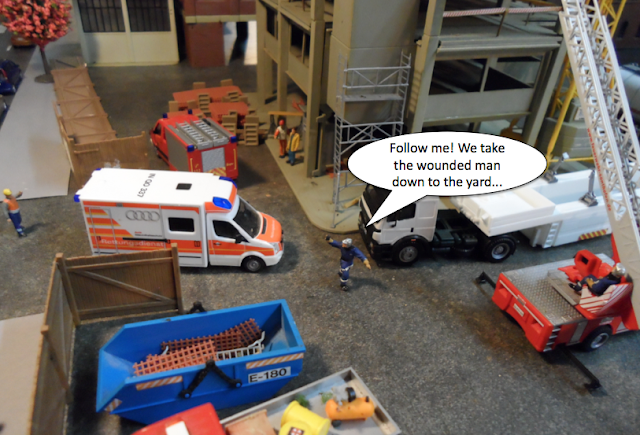>>> Back to the main page <<<
This web series is a fiction.
Any resemblance to real or existing persons
or situations that have existed or are real
would be pure coincidence
- Episode 2 - EVACUATION -
- English Version -
Translation made with the free version of the translator
www.DeepL.com/Translator
This web series is a fiction.
Any resemblance to real or existing persons
or situations that have existed or are real
would be pure coincidence
- Version Française -
>>> en cliquant ici <<<
>>> en cliquant ici <<<
- THE END OF THIS EPISODE -
------------------------------------------------------
HERE ARE SOME TIPS
HOW TO PROPERLY ALERT THE FIRE DEPARTMENT:
HOW TO PROPERLY ALERT THE FIRE DEPARTMENT:
When you call the fire department at 18 or 112, your alert message should be as specific as possible. Always remember that the rescue service has absolutely no idea what is going on near you. The rescue resources that will be sent depend on what you say.
To be heard, it is important to speak clearly and calmly. Here's what to say, preferably in this order:
A- identify yourself:
1- give your name,
2- give the phone number you are calling from. The latter will allow the emergency services to call you back, for example if there is a problem finding the place.
Do not hang up first:
Wait for instructions from the emergency service.
Wait for instructions from the emergency service.
B- Explain where you are and how to get to the accident site:
1- Give the precise address of the place where you are.
2- Do not forget the municipality.
3- If you are in a private home, specify how to get there (door number, floor, intercom code if there is one at the entrance...)
C- Give the nature of the accident:
1- Explain if it is a domestic accident, a traffic accident, a malaise on the public road, a sick person at home...
2- Describe precisely what happened
3- Specify the number and the apparent condition of the victims.
D- Describe what you saw, if possible:
1- The number of victims
2- Their sex and approximate age
3- Their apparent condition (talking, bleeding, sweating, breathing...)
4- Try not to use medical terms.
5- Their position: standing, sitting, lying on their stomach, lying on their back, lying on their side...
6- The actions taken by yourself or by others present
7- Specify if there are persistent risks: for example, a risk of collapse, fire, explosion, collision...
Do not hang up first:
Wait for instructions from the emergency service.
Wait for instructions from the emergency service.
------------------------------------------------------
Discover the Other episodes
of "SOS 1/87" The Daily Rescuers
>>> BY CLICKING HERE <<<-------------------------------------------------------
-----------------------------------------------
Discover the others adventures
in English Version:
The Adventures of Jimini HOLMES
and Ciindy WATSON
- UBER DRUG -
>>> Click Here <<<
---------------------------------
-------------------------------------
MEDEVAC 1/87
Discover the "Short Stories"
of MEDEVAC 1/87:
- Collection "Short Stories in 1/87" -
>>> Click here <<<
and the Seasons of "MEDEVAC 1/87"






































































































Aucun commentaire:
Enregistrer un commentaire